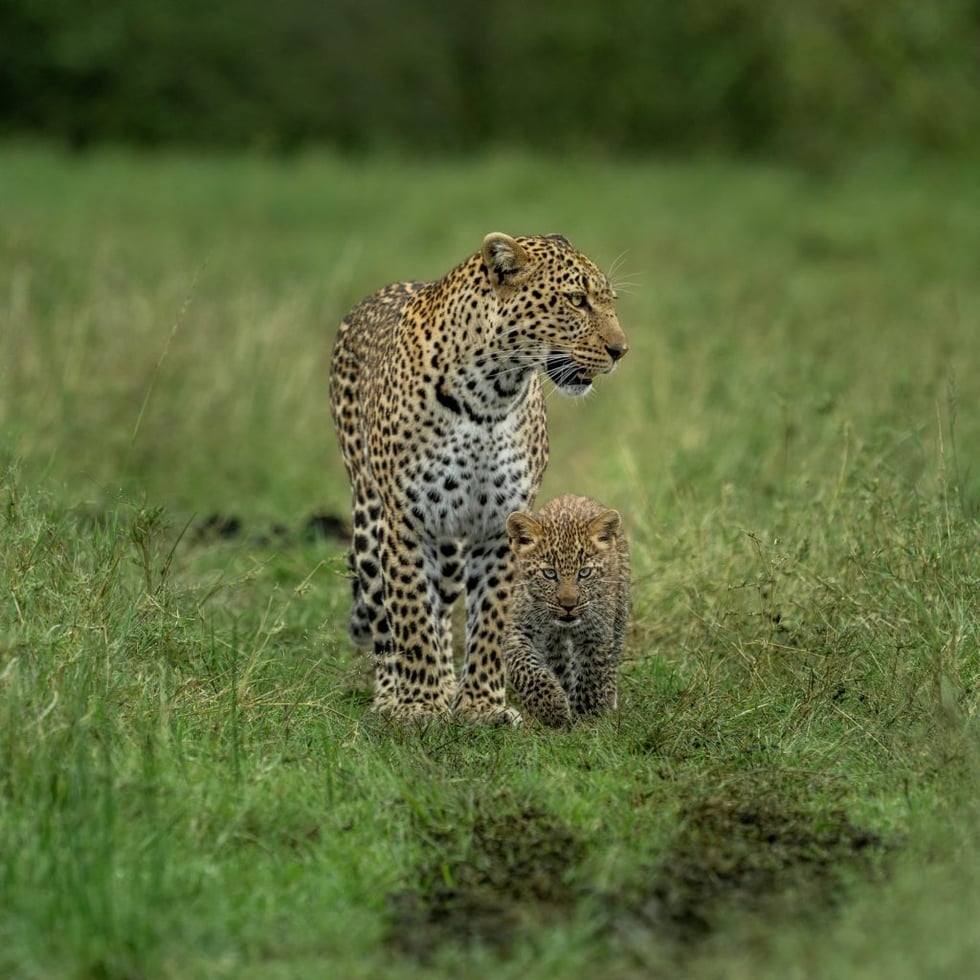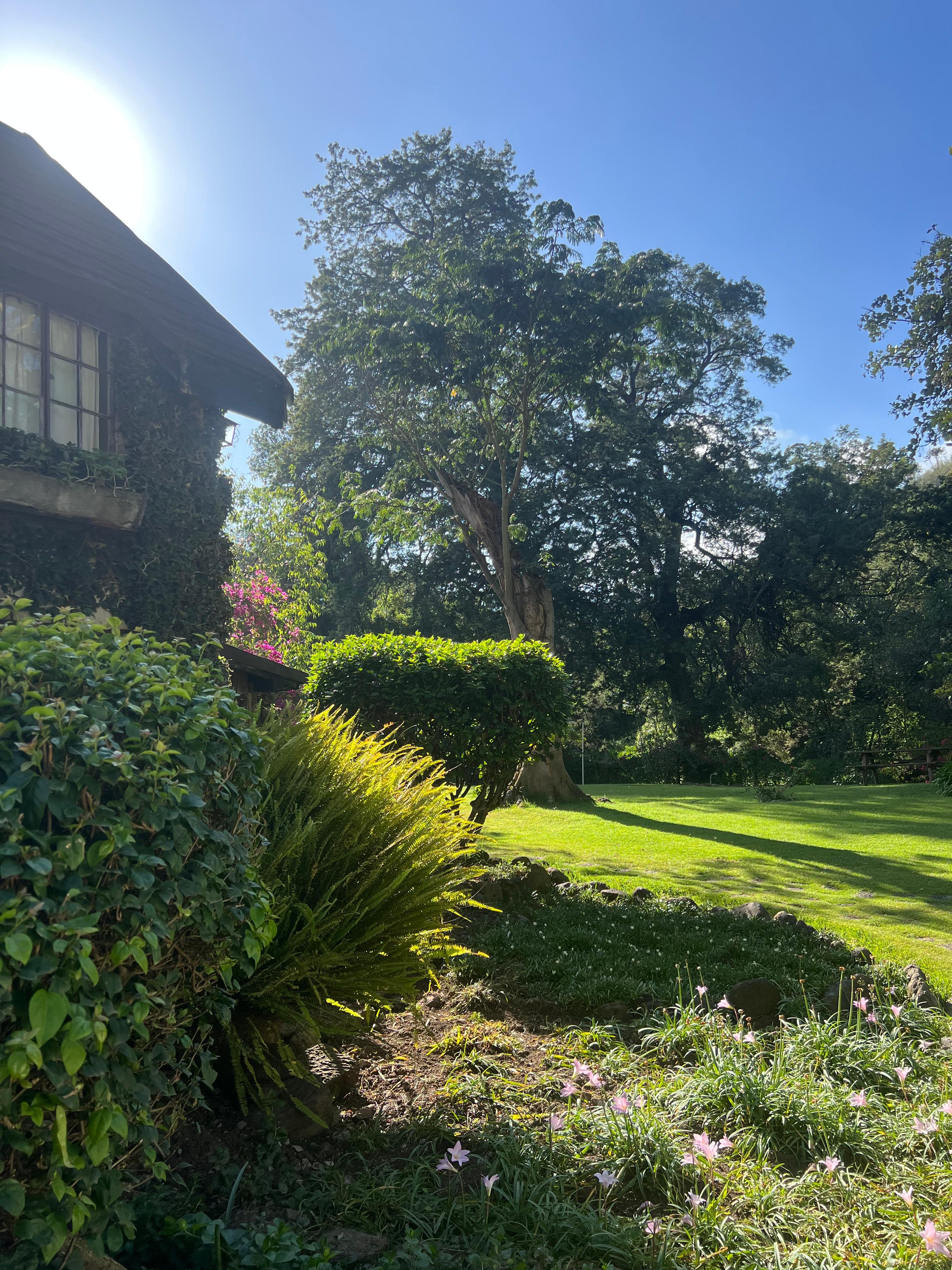INSPIRATION
Nairobi’s Elusive Big Cat – the leopard

The leopard is one of the world’s most enigmatic big cat. It is also very elusive despite the fact that it is found in almost every habitat – from the snow-topped mountains of Asia to Africa’s savannah plains.
Photo: Yumi Yamane
Despite it being very recognisable, there’s also little research about the spotted feline. When the eminent George Schaller did his thesis on the rarely-seen snow leopard in the Himalayas in the 1970s, he proved that it was not the mythical cat of the legends. His pioneering research on the snow leopard prompted the Asian governments to set aside protected areas to safeguard the cat from poachers and human encroachment.
In the same vein, there’s little scientific research on the African leopard. The last major study on leopards in Kenya was by Patrick Hamilton in the 1970s and 1980s, some 40 years ago.
The Kenya Wildlife Service (KWS), custodians of the country’s wildlife know of only two leopard researchers in the country at present.
DIFFICULT TO SPOT
Photo: Yumi Yamane
“Leopards,” states Jonathan Scott, “are not easy to study”.
He should know.
Scott and his wife Angela have recorded the lives of the big cats of the Masai Mara since the 1970s including writing several books on wildlife and presenting BBC’s Big Cat Diary viewed by millions across the world.
Scott is one of the few who has written about the leopard as a big cat. It took him six years to complete ‘The Leopard’s Tale’ published in 1985 based on the life of the leopards in the Masai Mara National Reserve, Kenya’s most famous wildlife area. “That is how tough it was,” he admits.
“Leopards shied away from humans,” continues Scott. In the 1970s they were even more elusive than today. “When I first wanted to study leopards in the Masai Mara in 1977 they were impossible to find, let alone photograph.
“In my first year living in the Mara full time and going out every day, I had two fleeting glimpses of leopards. This was because of the impact of the fur trade. Bold leopards were killed.”
“Now that leopards are so much more visible in places like the Masai Mara,” continues Scott, “There is no reason why someone might not attempt a comprehensive study.”
Their visibility is due to the hunting ban in Kenya in 1977.
CURRENT LEOPARD LIFE
Photo: Yumi Yamane
Yumi Yamane has been studying the urban leopard in Nairobi National Park since 2009. She had to convince her dons at the university and donors that it was imperative to study the leopard given the fact that even today no one knows its population in the country or the continent.
“At the time, people were telling me that it was not endangered,” she says. “My response was that there was nothing to prove that.”
THE URBAN LEOPARD
Photo: Yumi Yamane
“My focus,” explains Yamane, “is to study how the leopard survives surrounded by people.”
On the city side, Nairobi National Park borders the now increasingly populated neighbourhoods of Karen and Langata.
“Nairobi National Park is a core area for leopards,” continues Yamane. In 2009, there were an estimated 15 in the 117.2 sq km park. Today there are fewer than 10. The pressure on them is intense as human population outside the park increases.
Inside and outside the park, infrastructure like the Standard Gauge Railway and the southern bypass fragment their space. “The southern bypass has split Ngong Road Forest into five sections which is really affecting the leopard,” states the researcher.
The urban leopard has always moved out of the park in search of new mates to breed with from as far as the Limuru forests keeping the gene pool healthy. This big cat will also prey on livestock in poorly constructed bomas and stray dogs in the slums including pedigree breeds in the upper-crust neighbourhood.
Now, with limited movements out of the park, there are more sightings of leopards in the park giving a false impression that leopards are doing well. The two famous leopards are Koko the female and Nguruman, a large male named by the Friends of Nairobi National Park, thought to be from Nguruman escarpment, 100 km away.
Yamane’s study shows that a male leopards home range covers 100 sq km while a female’s is half that.
“The old Karen residents have always had leopards moving through their gardens but they never reported them to KWS. Now with so many new residents moving into the area, there are constant reports to KWS from panicking people. But leopards are very nervous of people and will avoid contact with them.”
TRACKING THE LEOPARDS
Photo: Yumi Yamane
Between 2009 and 2011, the researcher collared four leopards – three males and a female inside the park. “It’s very difficult to capture leopards and so whatever we could trap in the box-trap, we fitted them with GPS collars.”
With signals sent every hour, Yamane followed the leopards from her office, and she’s come out with interesting observations.
Inside the park, their worst enemy is the lions which far outnumber them. “I see leopards moving in the gorge (Mbagathi) along the river,” tells Yamane. By ‘seeing’ she means the GPS signals from the collared leopards showing on her laptop.
“Leopards follow rivers outside the park, moving at night. They cross over to Karen, Kibera, Ngong Road Forest and further up to Limuru.” In September 2015, a middle- aged collared female leopard was killed by hyenas in Ngong Road Forest in the heart of the city.
It is hard to fathom how this big cat can prowl through a densely-populated city of more than 4 million people without being seen. “Leopards are not dangerous to people,” states Yamane. “They are extremely shy and are always hiding – even in Karen during the day.”
COEXISTENCE
Photo: Yumi Yamane
According to her, it is not difficult to co-exist with the elusive cat to ensure their survival. “Leopards move along the riverine forests and so the most important thing is to protect these forests up to 80 m from the bank on each side.”
“On the other hand, people in leopard- areas can keep them clear of garbage and bushes near the houses where the leopard cannot hide.”
This research on the leopard may help draw a national action plan to safeguard its coexistence and sustainability with us, then we’ll be seeing more spots in the savannah.
TAGS
Our Top Experiences
SEEN SOMETHING YOU LIKE?
Enquire now and our team will create a custom itinerary tailored to your preferences.

CONTACT
enquiries@nomad.africa
Tel: +254 708 238 738
Purple Nomad Ltd
PO Box 69671 - 00400
Mwanzi Avenue, Nairobi, Kenya



